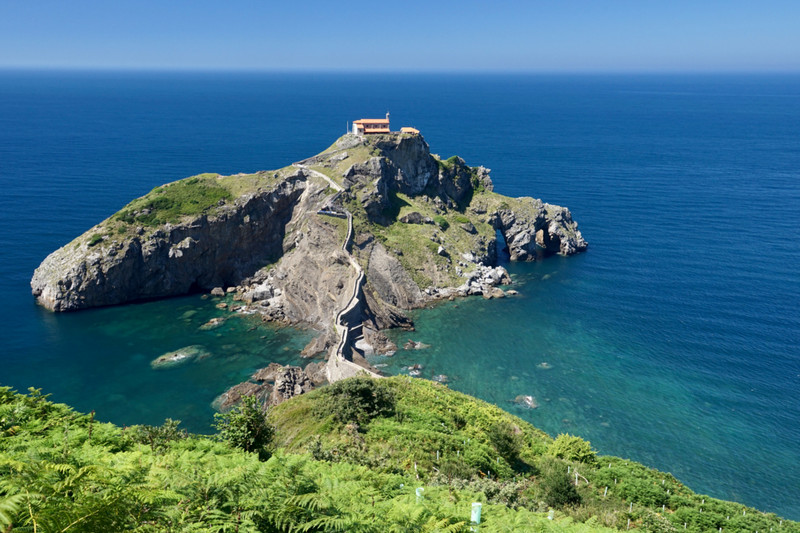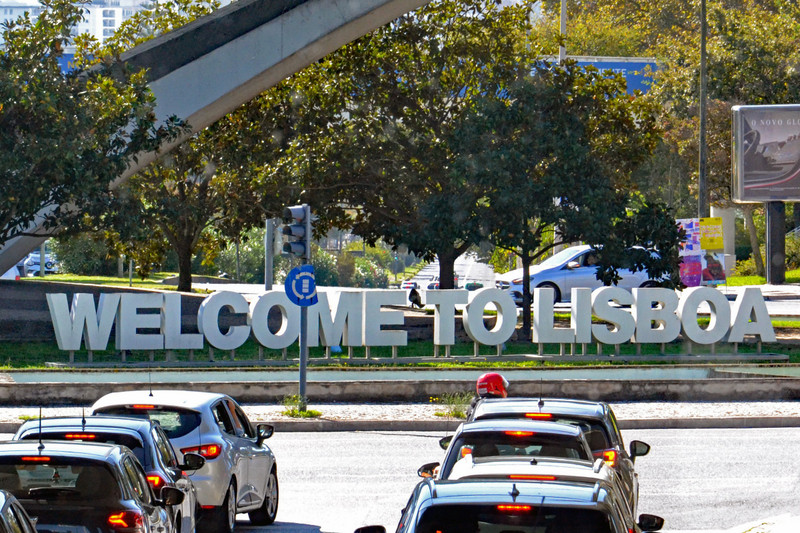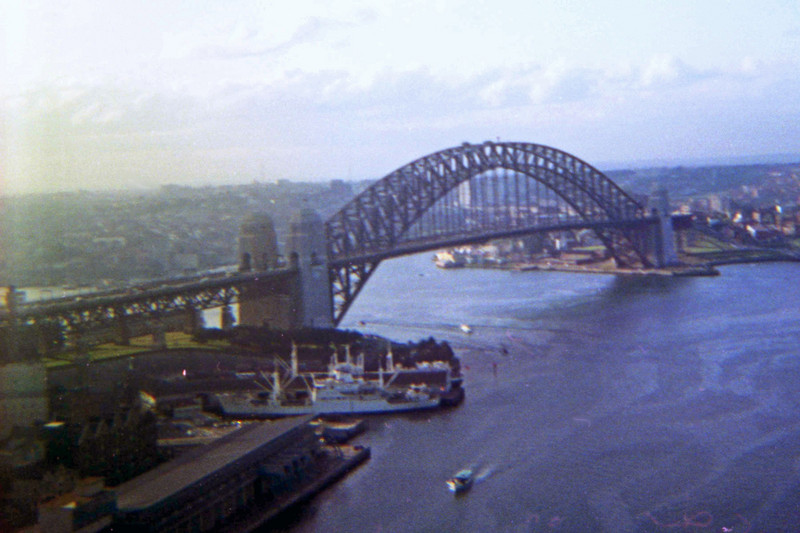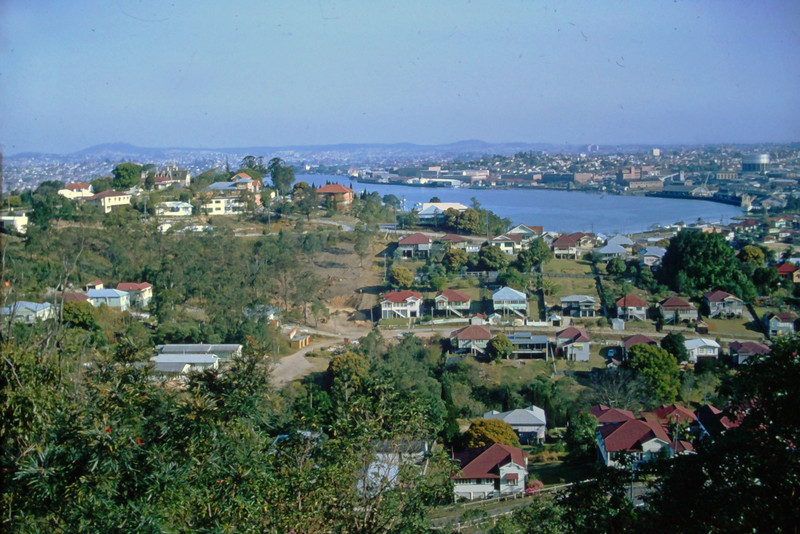Today weve hired a car and plan to drive to Bilbao to see the Guggenheim Museum, and then onto the apparently iconic clifftop chapel at Gaztelugatxe on the coast north of Bilbao. The motorway is excellent and runs through spectacular terrain of steep lush green hills dotted with cute small farmhouses. The speed limit‘s 120 km/h most of the way, and theres no shortage of fiends keen to test it and then some. We feel like were at some sort of major European crossroad with signs to France and Portugal. . and I know its important to give drivers plenty of warning so they dont miss their turnoff, but I would have thought the signs in Arabic directing motorists to Morocco might have been taking things just slightly to extremes.
Bilbaos version of the Guggenheim Museum was opened in 1997, and it seems that its mostly notable for its architecture. It sits on the bank of the Nervion River, and the stunning structures a bit hard to miss when it into view as we cross the bridge next to it. Its clad almost entirely in titanium plates on a structure of galvanised steel. Also a bit hard
to miss is a ten metre or so high multi coloured vertical garden in the shape of a dog near its entrance.
The Museum houses both temporary and permanent exhibitions. First cab off the rank is a series of massively long curved copper plates, each about thirty millimetres thick and five or so metres high, displayed in a huge gallery on the ground floor. Signs warn visitors that the whole areas under constant video surveillance, so dont even think about trying to steal one. Huh? They must each weigh several tonnes, so I would have thought youd need an entire fleet of cranes to shift even one of them. Still, cant be too careful I guess. Another large section is currently devoted to everything cars - vintage, racing, space age, model, you name it, including a corridor where you get to listen to the noises made by a range of them dating back to the late nineteenth century.
Another display is multiple strips of flashing neon lit letters. These spell out phrases, and they move from floor to ceiling really quickly as you stand in front of them. Im not sure about anyone else, but I certainly need
to hang onto something if Im not going to end up in a heap on the floor as I try to read them. I get a similar effect from a painting in another section. Its got curved lines on it which give the illusion of moving waves as you walk across in front of it. Im sure the Museums not deliberately trying to mess with my senses but it seems to be doing a good job nonetheless.
We notice quite a few people here dressed in the Pamplona Running of the Bulls outfits that weve seen all around San Sebastin, so Issy Googles the latest news. The organisers are apparently really pleased. Only three people have been gored so far this year (one of them an Aussie) and they havent had a single death, well not a human one anyway. The bulls, well it seems they havent been quite so lucky. We hadnt realised this previously but after exhausting themselves with all that running these poor creatures then have to front up again every night to fight. And how do these fights almost always end, well with the bulls being stabbed to death of course. And how do the
organisers feel about that. Well they dont care. A lot of Spaniards are however, it seems, waking up to the cruelty and barbarity of this whole ugly spectacle, and local opposition to bull fighting is apparently growing strongly by the year.
We head off on the steep and very windy road to Gaztelugatxe. Id never heard of this place until I saw pictures of it on an advertisement for tours to take from San Sebastin. I read that there were strict limits on the numbers of people theyd let into the site every day, so if we wanted to go Id need to book months in advance. The site is a small chapel on top of a steep hill.









